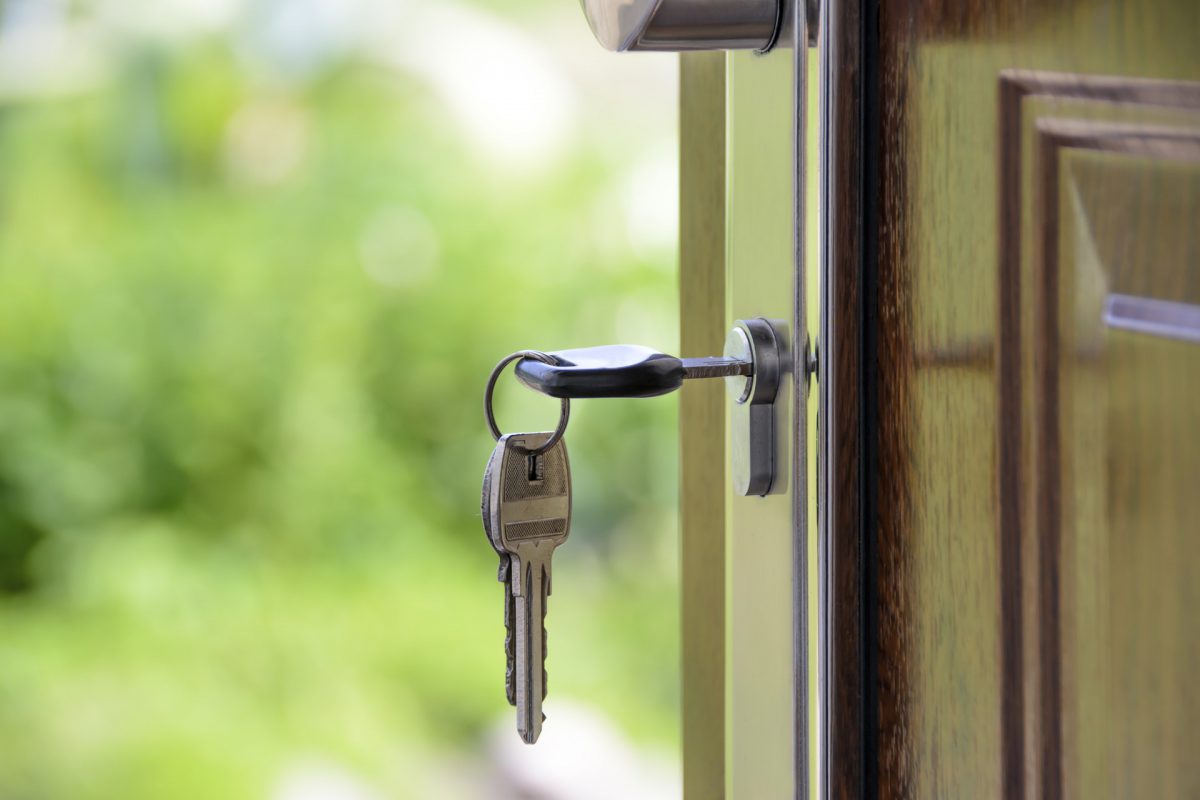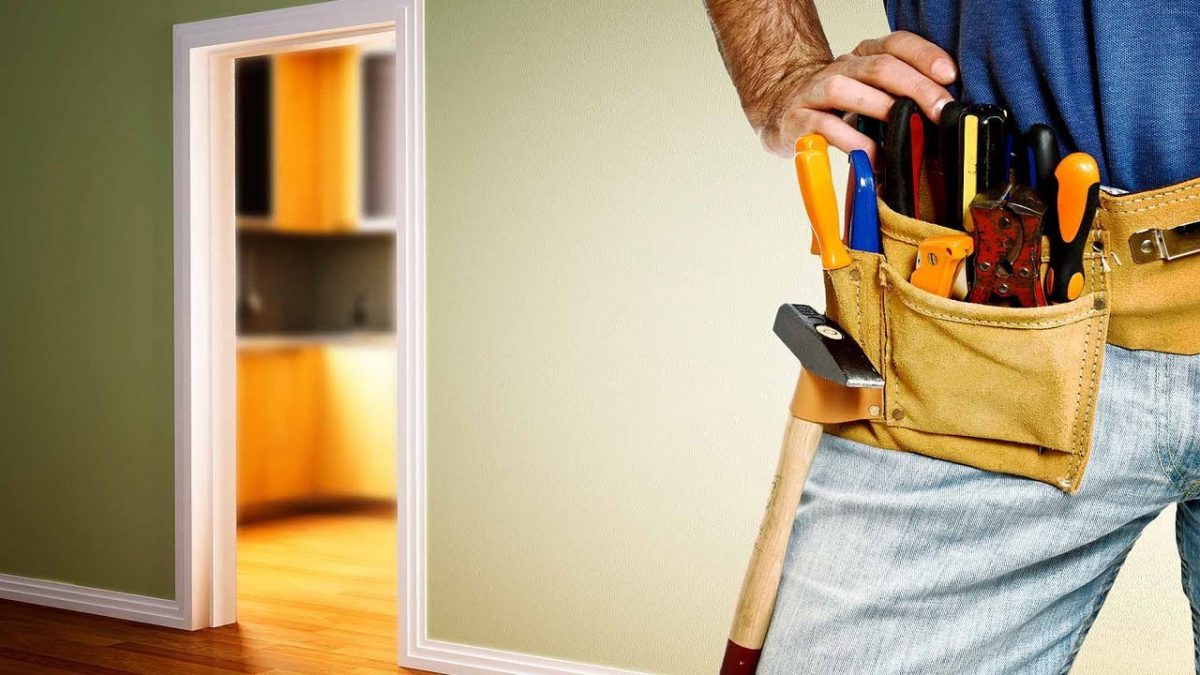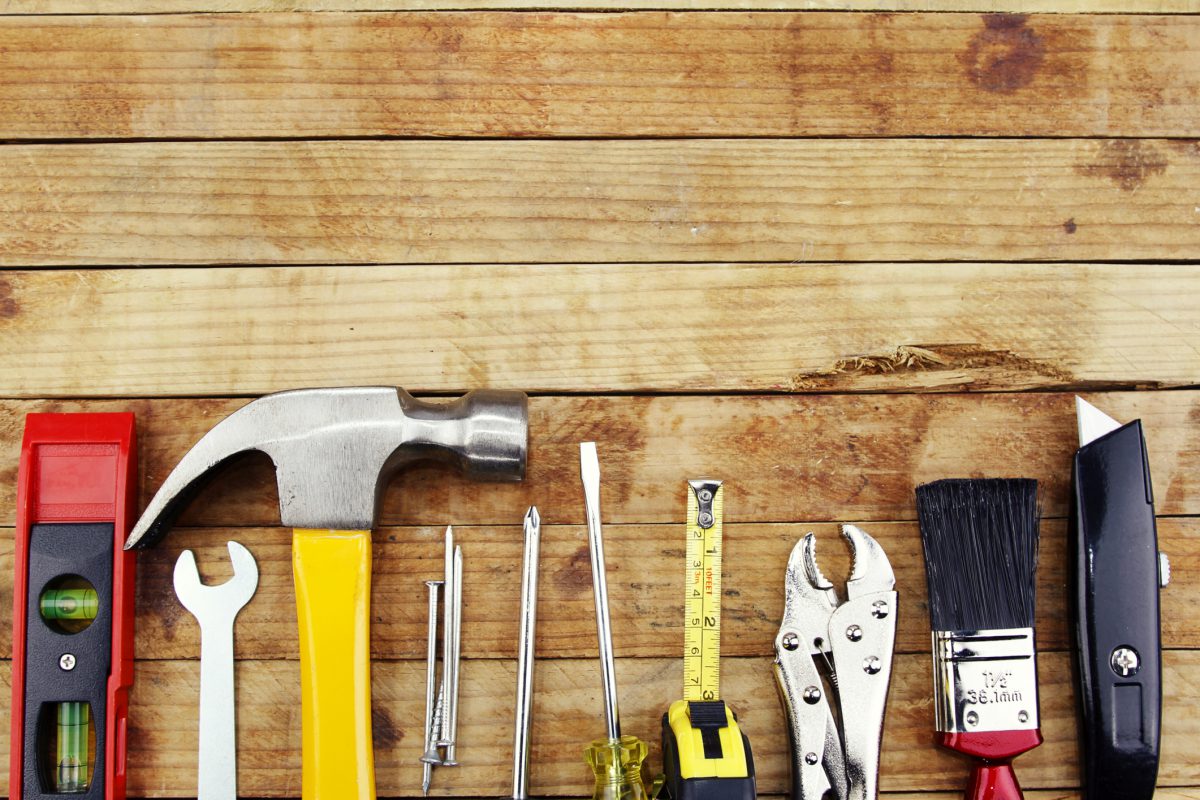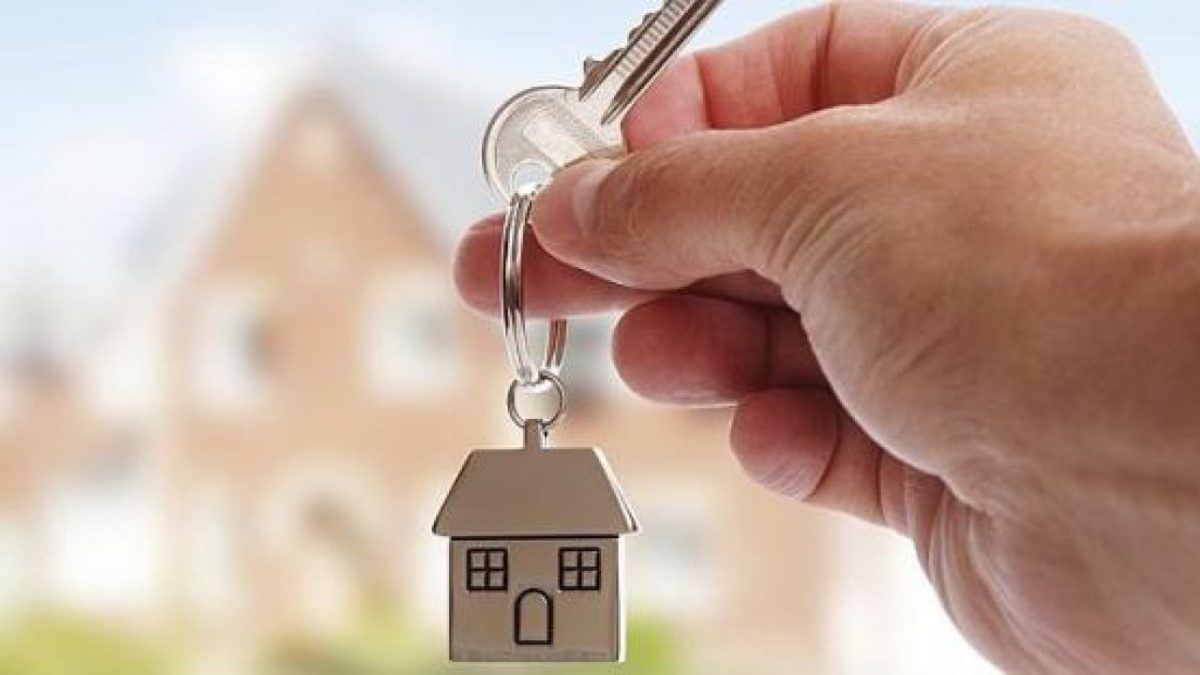Owning a home doesn’t need to be as costly as it does. We all know that if you own a home, all of the costs from the mortgage, utilities, maintenance, and upkeep add up and are expensive.
Just to make your life easier, I’ve made one fascinating collection of amazing and useful energy saving tips that will save you money.
Besides that all of these tips are free or cheap. They won’t cost you a lot, but they will make a big difference. Most of them don’t take a lot of time, and you don’t have to be a home-improvement expert.
Here are 15 of the best energy saving tips that will make your energy bills shrink.
1. Repair leaky ductwork
Over time the joints and seals in ductwork can dry out and deteriorate due to temperature fluctuations in crawl spaces, basements, and attics.
Hire a HVAC service tech to check out the ductwork.
If you are a do-it-yourselfer, use a flashlight and shine the beam on the ducts where they connect to other ducts or registers. What you are looking for are areas where there isn’t any dust – a sure sign there is a leak in the area.
You can also do the incense test while the system is running too. Move the incense around each duct joint looking for air movement.
To repair the system yourself check out youtube by searching for ‘how to patch ductwork’.
Savings: 3%–10% on heating and cooling bills per year
Cost: $30 and up, depending on if you do it yourself or have your system serviced
Time: 60 minutes
2. Replace air filters
Replace your HVAC filters at least every 6 months, preferably every 3. Clogged, dirty filters block airflow and reduce your system’s efficiency. In the worst case scenario, a wrongly sized filter or dirty filter can cause your system to burn out, requiring replacement.
Savings: 5% – 15% / year on energy
Cost: $5-$30
Time: 10 minutes
3. Give your air conditioner some fresh air
Have you ever tried running really fast with a rag over your mouth? I haven’t either, but that’s what most people are expecting their AC units to do.
Many AC units are surrounded by shrubbery that can restrict the airflow needed to make the systems run optimally. Take a few minutes today or this weekend and look around your AC’s outdoor unit:
- Provide at least 1’ of clearance all around the units.
- Trim any bushes that are touching the units
- Remove any leaves and dirt around the unit
- Remove any other obstructions like that rotting pingpong table leaning up against it
- If there is significant mud or dirt inside the unit have it professionally serviced
Savings: $20 / year
Cost: FREE
Time: 20 minutes
4. Block out the sun
All of those windows in your home are the largest source of heat flowing inside during hot summer days.
Closing the blinds and/or curtains blocks the sun from coming inside in the first place and will help prevent it from heating up, reducing the need for the AC to cool it down. Blocking the sun is especially important on the western and southern facing windows that receive the most direct sunlight.
Savings: $15-$35 / year
Cost: FREE
Time: none
5. Shower power
Do you take a hot shower in the summer steaming up the bathroom mirrors? If so you’re adding heat back into your home that needs to cool.
Take a quicker shower. And take a warm shower instead of a burning hot one. Using less hot water will also save energy.
Savings: $50 / year
Cost: FREE
Time: 10 minutes
6. Automate your thermostat or use a post-it note
In my first home, I would manually turn up the thermostat as I walked out the door to work, and I would manually adjust it down when I came home in the evening.
Last year I replaced all of the thermostats in my house with the Nest learning thermostat. It learns your schedule to keep your home comfortable when you are home. Nests’ are pricey, but according to the Nest website:
I wish I had known about this before buying mine. Oh well, my mistake for you to learn. Check with your utility provider to see what might be available in your area.
If you can’t get a free or discounted smart thermostat from your utility provider, you can go the manual route like I used to. Go get a sticky note, and put it on the door you take to leave your home. Write a reminder to change the thermostat as you walk out the door. Simple and free.
Savings: $173 year (average for a programmed thermostat)
Cost: $0 – $250 per thermostat
Time: Varies
7. Hang out your laundry
Yeah, I don’t do this either. It takes too long. In the summer, it’s too hot out.
For a long time, I used a clothes rack but now I have an even more ingenious way to dry my clothes.
I bought a bunch of plastic hangers to hang up ALL of my shirts, shorts, and pants. Now that I have to hang my clothes up anyway, I just pull them out of the washing machine and put them up on the hangers to dry. Boom! I’m just skipping the drying part because they dry in my closet – for free.
For the things I don’t hang up (socks) I’ve got a drying rack. It takes up very little space.
Savings: $80 – $250 / year depending on household size
Cost: $30 for hangers or racks
Time: Varies by method
8. Grilled to perfection
In the summer consider cooking primarily using the microwave, crockpot, or grilling outside to avoid heating up your home with the oven and stove.
Savings: At least a few bucks and your kitchen won’t be as hot.
Cost: FREE
Time: None
9. Fix leaky windows
If you have a 1/64 inch gap around a single window – which is REALLY TINY – it is the equivalent of a 3.27 square inch hole in your wall – which is REALLY BIG.
If you have a 1/32 inch gap around a single window, it is the equivalent of a 6.5 square inch hole in your wall. That’s big enough to put your fist through!
If you have ten windows in your house, that’s a lot of big holes that are draining your wallet year after year.
To determine if your windows are leaky close all your windows, doors, and the flue damper in your chimney if you have a fireplace. Use a stick of incense and move it around each window to see if there is air flow. If there is, you’ve got a leak!
Weatherstripping is an easy and cost-effective way to save money on energy costs and improve comfort by reducing drafts. It’s something any homeowner can do. Peel-and-stick weatherstripping is easy and useful for sealing drafts:
- Remove any dirt and grease from the window jambs or sash.
- Dry the areas with a rag.
- Cut the weatherstrip to the right length
- Peel off the back
- Press the sticky part to the surface.
Now check your windows from the outside
- Inspect for any cracked or damaged caulking around the windows where the casing meets the house, and around the window frame.
- Scrape and clean away any damaged caulking
- Apply a fresh bead of paintable acrylic latex to reseal the window.
Savings: 10%–20% of your heating and cooling costs per year
Cost: $30-$50
Time: 2–3 hours
10. Child proof your outlets – even if you don’t have kids
My first home which was built in 1999 had this next problem. The inside outlets located on the exterior walls were like mini vacuums when it came to transferring air from the inside to the outside.
If you have an older home or a poorly constructed home you’ve probably got the same problem.
Electrical outlet boxes typically don’t have any insulation behind them, creating what is basically a hole in your wall. On a windy day take some incense or a match and put it in front of an outlet (one without a plug in it of course) and see if you can see air movement. In my situation I noticed this during the winter when I felt a cold breeze coming through the outlets.
The simple solution? Install socket sealers to improve energy efficiency. All you have to do is remove your outlet cover with a screwdriver, put on the outlet sealer, and put the cover back on. Easy!
The second step is to put in those plastic child-proof outlet plugs.
Savings: 2% of heating and cooling costs per year
Cost: $8.51 for outlet sealers, $2.49 for outlet plugs
Time: 20 minutes
11. Get a heating and cooling service contract
My neighbors A/C unit ran him $8,000 to replace. I had to replace one after getting married for $3,000. Hire a professional HVAC maintenance company to ready your AC unit for the summer and your furnace for the winter. There is no better way to insure this investment, and you they usually give you discounts on parts if anything breaks. This is one of the very few maintenance contracts I recommend people to buy.
Savings A lot if your HVAC unit crashes and burns
Cost: $250-$400 per year
Time: Just a phone call
12. Use fans
A ceiling fan can make your room feel up to 7 degrees cooler. Fans will allow you to turn your AC up a couple extra degrees, saving even more money.
Savings: $35-$53 / year
Cost: FREE (assuming you have ceiling fans)
Time: none
13. Insulate leaky kitchen and bathroom sinks
If you have a sink, toilet, cable or phone line in an external wall, chances are they are uninsulated around behind the wall. Warm and cool air is escaping from these exterior openings.
This one is a bit trickier to determine if you have an air leak. You can use a thermal leak detector to determine if there is a temperature difference by comparing the area near the hole and then the hole itself. If there is a big difference you might want to fix that leak.
Or if you don’t want to spend the money on a thermal imager you can do what I do as soon as I move into a new house. Buy some expanding foam insulation and spray it into every crevice I can find in my exterior walls.
I use Great Stuff. Around the bathroom sinks in your house spray where the sink drain goes into the wall. Also where the water lines came out.
I used about 2 cans for my house that was built in 2009.
Savings: Up to 17% of your energy bills per year
Cost: $10.13 and up depending on how many cans you use
Time: 30 minutes
14. A bright idea?
LED lighting runs cooler than incandescent bulbs. Only about 10% to 15% of the electricity that incandescent lights consume results in light. The rest is turned into heat, and that heat needs to be cooled by your AC system.
Last year I made the switch to LED lights – but not all of the lights in my house, and that’s key for saving money. Check out ‘Are LEDs worth it?’
I use Cree LED light bulbs in my house. I found them to have the most natural lighting (I tried four different brands).
Don’t forget to factor in the cost of the bulbs!
Savings: Varies on usage
Cost: $9 – $20 / bulb
Time: 2 minutes / bulb
15. Remove gaps under your doors
There is probably a hole under your door and you don’t even know it.
Most homeowners don’t even think about the bottom of their doors, and instead focus on the sides and top. But the bottom of the door sees just as much action each day as the sides and top, and it’s got that rubber gasket which is prone to deteriorating faster because it has more exposure to dirt and moisture.
You can use the incense test on this area of your home too. Run it near the bottom of any exterior doors on a windy day to see if there is air movement.
To fix you’ll need to replace your door sweep. Take pictures and measurements of your existing door sweep before heading to the home improvement store.
If it’s a nice day just take your existing one off and bring it with you so you can match up the size perfectly. They are pretty easy to replace. I’m not Mr. Fix-It and even I managed to do it.
Savings: Up to 11% of outside air is blocked
Cost: $10-$20
Time: 30 minutes per door
16. Insulate the hole in your attic
You have insulation between your exterior walls. Yet what separates from your conditioned home and the attic is usually a ½” piece of plywood – otherwise known as the attic stairs (or hatch).
Plywood isn’t a good insulator.
If you have a hatch:
- Add a gasket around the opening.
- Attach some rigid foam insulation to the top of the hatch
If you have a pull down attic staircase:
Get an attic tent that has a zipper to seal it up.
Savings: Up to 30% on your energy bills per year
Cost: $20 (hatch) – $158 (stairs)
Time: Beats me, I had someone install mine as part of an energy audit








